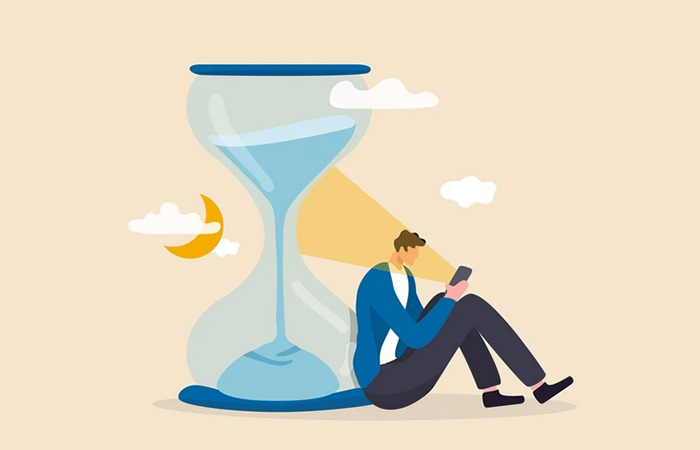
In today's modern world, screens have become an integral part of our lives. From smartphones and tablets to computers and televisions, we are constantly surrounded by screens. While technology has brought us numerous benefits, it has also raised concerns about the amount of time we spend in front of screens. This is particularly true for adults, who often find themselves immersed in a digital world for work and leisure. The question arises: How much screen time is too much for adults?
Screen time, defined as the amount of time spent using electronic devices with screens, has seen a significant increase in recent years. According to a survey conducted by Nielsen, American adults spend an average of over 11 hours per day interacting with screens. This includes activities such as working on a computer, watching TV shows or movies, browsing social media, and playing video games. While some screen time is inevitable and necessary in our modern lives, excessive usage can have negative consequences on our physical and mental well-being.
One area where excessive screen time can impact adults is their physical health. Prolonged sitting in front of screens can contribute to a sedentary lifestyle, which is associated with various health issues such as obesity, cardiovascular disease, and musculoskeletal problems. Additionally, the blue light emitted by screens can disrupt sleep patterns and lead to poor sleep quality, which in turn can affect overall health and cognitive function.
Another concern surrounding excessive screen time is its impact on mental health. Research has shown a correlation between high screen time and an increased risk of depression, anxiety, and stress. Constant exposure to social media platforms can also contribute to feelings of inadequacy, as individuals compare themselves to carefully curated online personas. Moreover, excessive screen time can diminish real-life social interactions and lead to feelings of isolation and loneliness.
Setting limits on screen time is crucial for maintaining a healthy balance in our lives. The American Academy of Pediatrics (AAP) provides guidelines for children and adolescents, recommending no more than two hours of recreational screen time per day. While these guidelines are aimed at younger age groups, they can serve as a useful reference for adults as well. However, it is important to note that adults often have work-related screen time that cannot be easily avoided. Therefore, a more realistic approach for adults may be to focus on establishing boundaries and incorporating healthy habits into their screen-related activities.
Here are a few strategies to help adults manage their screen time effectively:
Establish screen-free zones and times: Designate certain areas of your home or specific times of the day when screens are off-limits. For example, make the bedroom a screen-free zone to improve sleep quality and promote relaxation.
Practice mindful screen usage: Be conscious of how and why you are using screens. Are you engaging in meaningful activities, or is it merely mindless scrolling? Set specific goals for your screen time and avoid getting caught in a digital vortex.
Take regular breaks: Incorporate frequent breaks into your screen-related activities. Stand up, stretch, and give your eyes a rest every 30 minutes to an hour. Use these breaks to engage in physical activity or connect with others face-to-face.
Engage in offline activities: Find hobbies and activities that don't involve screens. This could include reading a book, going for a walk, practicing a musical instrument, or pursuing a creative outlet. Diversifying your activities will help reduce screen dependence.
Set boundaries: Establish boundaries for work-related screen time. Avoid checking emails or engaging in work-related tasks during personal or family time. Maintain a healthy work-life balance to prevent burnout.
Seek social interaction: Prioritize face-to-face interactions with family and friends. Engage in activities that encourage personal connections, such as participating in group sports, attending social events, or having meaningful conversations.
It's important to remember that screen time itself is not inherently bad. It's the excessive and unbalanced usage that can lead to negative consequences. By being mindful of our screen habits and setting healthy boundaries, adults can strike a balance between the benefits of technology and the need for real-life experiences.
While screens have become an integral part of our lives, it's essential to be mindful of the amount of time we spend in front of them. Excessive screen time can have adverse effects on our physical and mental well-being. By establishing healthy habits, setting boundaries, and incorporating offline activities into our lives, we can ensure that our screen time remains in check and supports a balanced and fulfilling lifestyle.
Established in 2013, FamilyNeeds.net is connected to your lifestyle and everyday life. Publish reviews of your life, style, fashion and essentials.